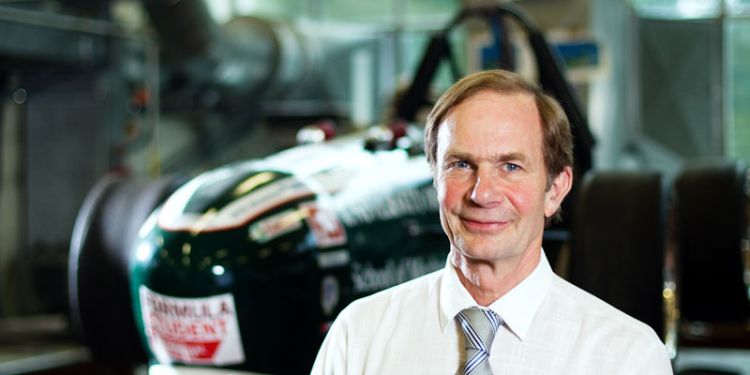Automotive Braking
Environmentally friendly automotive and aerospace vehicles

This area of research employs advanced numerical and experimental techniques to investigate materials and structures used in ground and air vehicles with the aim of reducing their environmental impact.
A major area of interest is the investigation of brake and drivetrain components that are lightweight, energy efficient and environmentally friendly. Lightweight brake rotors are a topic of on-going investigation since they can significantly reduce the unsprung mass of a vehicle and also reduce the emission of harmful particulate wear debris. In this context, aluminium metal matrix composites, carbon fibre composites and coated light alloys have all been considered as potential replacements for the current cast iron brake rotor. Analysis of brake noise and vibration is another area of expertise, especially modelling and experimental techniques to reduce the propensity of a disc brake to exhibit squeal or judder.
Previous projects include the processing and properties of highly oriented thermoplastics such as silane-crosslinked polyethylene and wood fibre polypropylene composites, designed to reduce both weight and cost. Other projects include the design and analysis of carbon-fibre reinforced honeycomb sandwich panels for enhanced vehicle crashworthiness and the optimisation of stacking sequence for aircraft composite structures.
Experimental facilities include a full size brake dynamometer fully instrumented with a state-of-art wear debris capture and analysis system, a F1 clutch test rig, a 7m high drop test rig, and excellent materials test and characterisation equipment.
Industrial collaborators have included Federal Mogul, Toyota, TMD Friction, Simpact Engineering, Micropol, QinetiQ, Altair Engineering, Bentley and Keronite International.
Contacts
For more information please contact Professor David Barton or Dr Peter Brooks.

